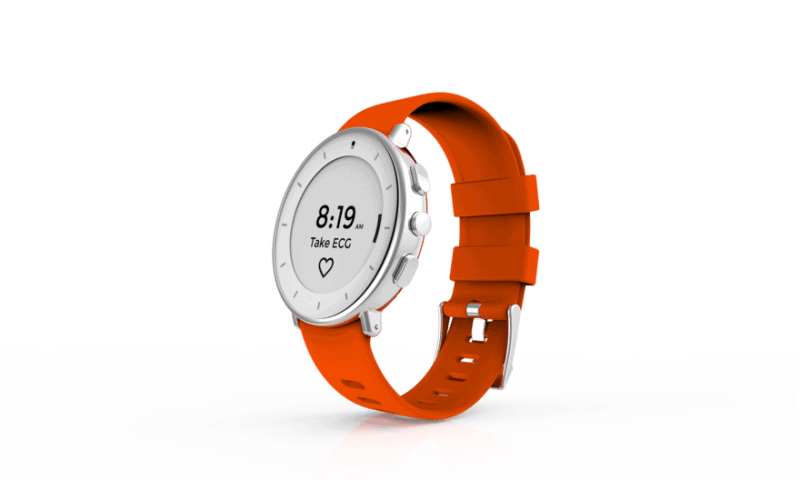Though wearable devices have proven to be incredibly helpful in monitoring a variety of health conditions—from diabetes to atrial fibrillation—the FDA is sending Verily back to the drawing board in its efforts to add a Parkinson’s disease symptom assessment to its clinical research-focused smartwatch.
The agency issued a rejection letter to Alphabet’s life sciences arm after Verily submitted a request earlier this year for clearance of its virtual motor exam to help track the progression of Parkinson’s in patients already diagnosed with the disease.
Verily was seeking a green light for its virtual exam as a clinical outcome assessment, which would allow the data collected in the exam to be used in drug development studies.
In its January letter of intent, Verily noted that its virtual motor exam was designed to mitigate the difficulties of collecting consistent data tracking the effects of various treatments on physical Parkinson’s symptoms.
To do so, Verily developed an eight-part assessment to measure motor abilities affected by the disease, as outlined in Part III of the International Parkinson and Movement Disorder Society’s standardized Parkinson’s disease rating scale, or MDS-UPDRS.
It launched a broad study of the assessment that includes three patient groups: those newly diagnosed with Parkinson’s, those with mild to moderate cases diagnosed within the last five years and those with moderate to severe cases diagnosed at least five years ago.
The study is being conducted in the Netherlands and Japan, and Verily noted it plans to expand the study to the U.S., U.K., Spain, France, Poland, Germany, Italy and Canada by the end of this year.
Once a week, the Verily Study Watch prompts study participants to complete the eight motor tasks, including tapping the smartwatch, opening and closing their hand, stomping their foot and standing still. The tasks can be completed at home and at a time selected by the wearer.
Verily wrote in its letter that using the wearable device to track the results of this assessment at a set time each week would strengthen the reliability of Parkinson’s motor exams and allow for more frequent exams while also ensuring all assessments were consistently held to the standards set down by MDS-UPDRS Part III.
In its response to Verily’s letter of intent, however, the FDA asserted that the rating scale—and therefore Verily’s virtual motor exam—”are limited in their capacity to evaluate meaningful aspects of concepts of interest that are relevant to the patients’ ability to function in day-to-day life.”
The agency singled out the finger tapping test as an example. Changes in finger rigidity or tapping abilities, the FDA wrote, “cannot be directly interpreted as being meaningful to patients,” as they don’t necessarily indicate any significant change in a Parkinson’s patient’s everyday abilities, especially in comparison to changes in speech, eating and dressing—qualities measured in the preceding Part II of the MDS-UPDRS.
The FDA also suggested that since Verily’s assessment is performed without clinical supervision and then quantified by a software algorithm, it may not paint a complete picture of changes in a patient’s motor abilities.
“For these reasons, when evaluating drug efficacy in Parkinson’s disease, the FDA prefers content that is more representative of daily life functioning,” the agency concluded, pointing to MDS-UPDRS Part II as a better framework for those measurements. Verily has yet to respond to the agency’s decision.
If Google’s sister company chooses to rework its Parkinson’s assessment, it’ll now have the advantage of a former FDA insider to guide those efforts. Earlier this month, Verily announced the appointment of Amy Abernethy, M.D., Ph.D., former principal deputy commissioner of food and drugs at the FDA, as president of Verily’s clinical research business.
In her new role, Abernethy will oversee the company’s long-term plans to develop a platform for clinical trials and real-world evidence studies and continue building health data management and analysis tools under Verily’s Project Baseline banner.

